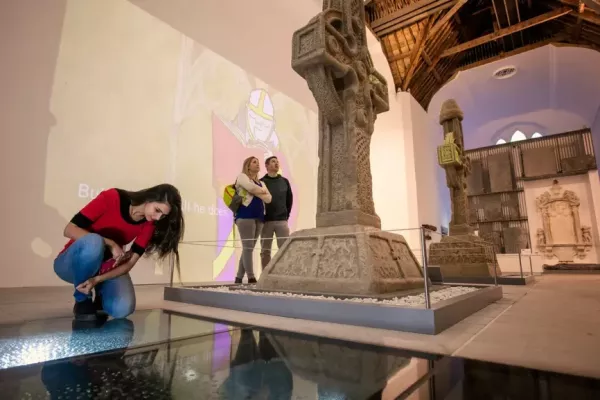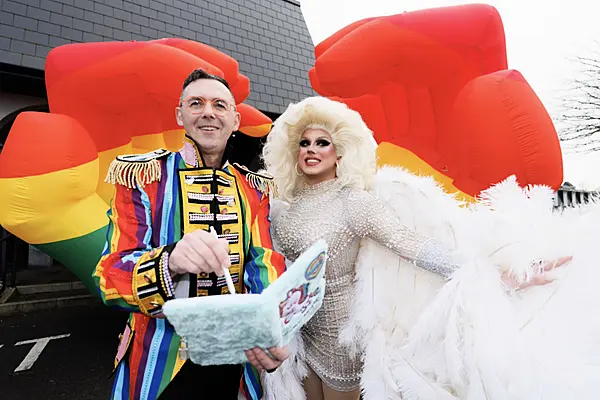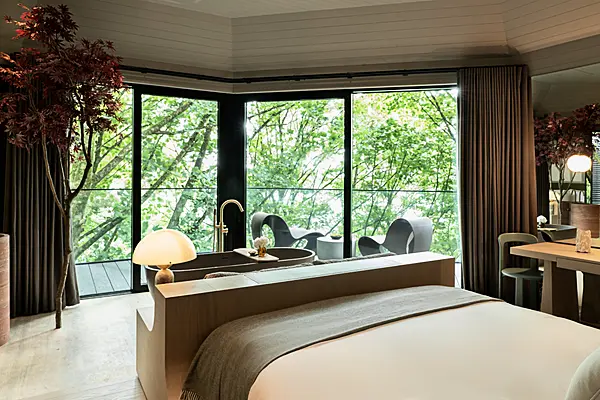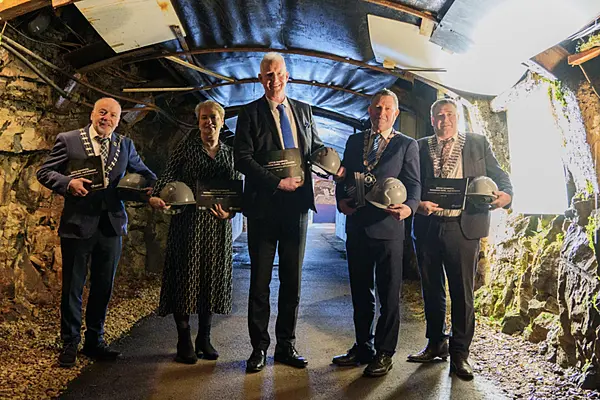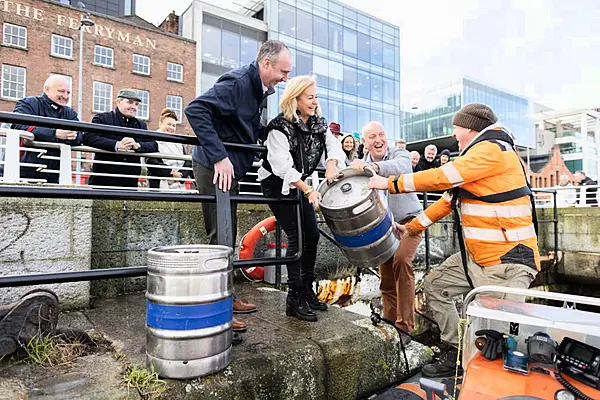Kilkenny is a fascinating mixture of old and new. The city boasts plenty of medieval and Norman architecture, with Kilkenny Castle being a particular highlight, along with the Medieval Mile, which includes St Canice’s Cathedral and Rothe House.
Although proud of its rich history, Kilkenny is very much a modern city, known for its vibrant arts scene and bustling nightlife. The Kilkenny Arts Festival has been one of the leading festivals in Ireland since 1974, and for ten days each August, it gathers many of the world’s finest musicians, performers, writers and artists.
With all these factors in mind, Hospitality Ireland decided to examine the top ten visitor attractions in Kilkenny, based on Fáilte Ireland’s Visitor Attractions Survey 2022.
1. Kilkenny Castle Parklands
(1,418, 171)
Kilkenny Castle Parklands is the number-one tourist attraction in Kilkenny, with 1,418,171 visitors as of 2022.
The estate overlooks the River Nore and has both formal and informal gardens, including a famous rose garden to the front of the castle, along with mature trees and shrubs, as well as an ornamental lake.
The Castle Park includes all the walled demesne parkland to the south of Kilkenny Castle and the formal terraced gardens to the north, comprising a total of 50 acres.
All areas of the castle gardens can be visited free of charge.
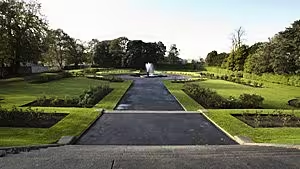
2. Kilkenny Castle
(486,072)
Kilkenny Castle had been the home and headquarters of the powerful Butler family since 1391.
The castle was founded soon after the Norman conquest of Ireland and has been rebuilt, extended and adapted to suit changing circumstances and uses over a period of 800 years.
Kilkenny Castle – largely a Victorian remodelling of the thirteenth-century defensive castle, furnished with family paintings, tapestries and objects d’art – is open all year round.

3. Castlecomer Discovery Park
(171,532)
Castlecomer Discovery Park and Visitor Centre consists of an 80 acre discovery park in the Castlecomer Demesne, which was once part of the estate farmyard, gardens, stable yard and leisure grounds of the Wandesforde family.
The grounds consist of mixed woodland, on the banks of the River Deen, which was once part of the old Wandesforde Estate. There are numerous activities and attractions including the tree top adventure walk, a 140 metre walk through the riverside trees ten metres above ground level.
The woodlands also play host to six kilometres of themed woodland walks and a number of wooden sculptures.
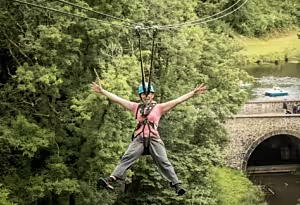
4. The Butler Gallery
(44,000)
The Butler Gallery is located in Kilkenny City centre and is one of Ireland's leading contemporary art galleries and museums with a permanent collection.
Visitors can find out about a heritage spanning 800 years in the gallery’s historic building.
Meanwhile, the secret garden setting allows guests to view contemporary Irish sculpture and enjoy refreshments from the café.

5. The National Reptile Zoo
(40,000)
The National Reptile Zoo in Kilkenny City is Ireland's only reptile zoo.
The zoo features over 100 different animals and more than 50 species on display, from alligators to tortoises and toads to pythons.
The Nocturnal Room offers a reversed day and night cycle that lets visitors see what some of the night-time active animals get up to once the sun goes down.

6. Kells Priory
(29,121)
The existing ruins from Kells Priory mostly date from the fourteenth and fifteenth centuries. They consist of a church, a chapel, the prior’s residence or sacristy, and a number of domestic buildings, all standing on an enclosed site of some four acres.
The site features a collection of medieval tower houses spaced at intervals along and within the walls, which enclose a site of just over three acres.
Kells Priory was founded by Geoffrey FitzRobert in 1193. FitzRobert was brother-in-law to Strongbow, and the priory succeeded an earlier church, which was dedicated to St Mary, the Blessed Virgin, and served as the parish church to nearby Kells Village.

7. St Canice’s Cathedral
(56,164)
St Canice’s Cathedral dates back to 1285 and is located in the Irishtown area of Kilkenny. It has been a site of Christian worship since the sixth century and was known as the last stronghold of the Druids before that.
Visitors can take in the largest collection of burial monuments in Ireland or view St Kieran’s Chair, which had been the Bishop of Ossory’s throne since the fifth century. The cathedral features stained-glass windows from artists like Harry Clarke and brass work from renowned sculptor Oisín Kelly.

8. Nicholas Mosse Pottery
(155,040)
Nicholas Mosse Pottery is located in an old mill in Bennettsbridge. Nick and his team make every single piece of pottery that they produce by hand and apply their patterns using an age-old tradition dating back to the eighteenth century – by using cut sponges, they individually sponge-dab the patterns onto each piece of pottery.
Every piece of Nicholas Mosse pottery undergoes a 20-step handmade process, and Nick personally trains every individual decorator who works at Nicholas Mosse.

9. Jerpoint Abbey
(23,171)
Jerpoint Abbey is located about 2.5 kilometres south-west of Thomastown and dates back to the late twelfth century.
The abbey is a good example of Ireland’s Cistercian heritage and features carvings and sculptures.
Visitors can also look at the Romanesque church and see tombs from the thirteenth to sixteenth centuries, among them the final resting place of the abbey’s first abbot, Felix O’Dulany.

10. Medieval Mile Museum
(23, 000)
The Medieval Mile Museum is located on the site of thirteenth-century St Mary’s Church and Cemetery, displaying artefacts going back more than 800 years.
Some of the treasures include high crosses, stone-carved tombs, and significant artefacts unearthed during the restoration of the church and surrounding graveyard.
The Rothe Chapel has tombs belonging to the medieval merchant Rothe family, and there is a high-cross exhibition that introduces the High Kings of Ossory and the foundation of the monastery of Kilkenny by St Canice.

